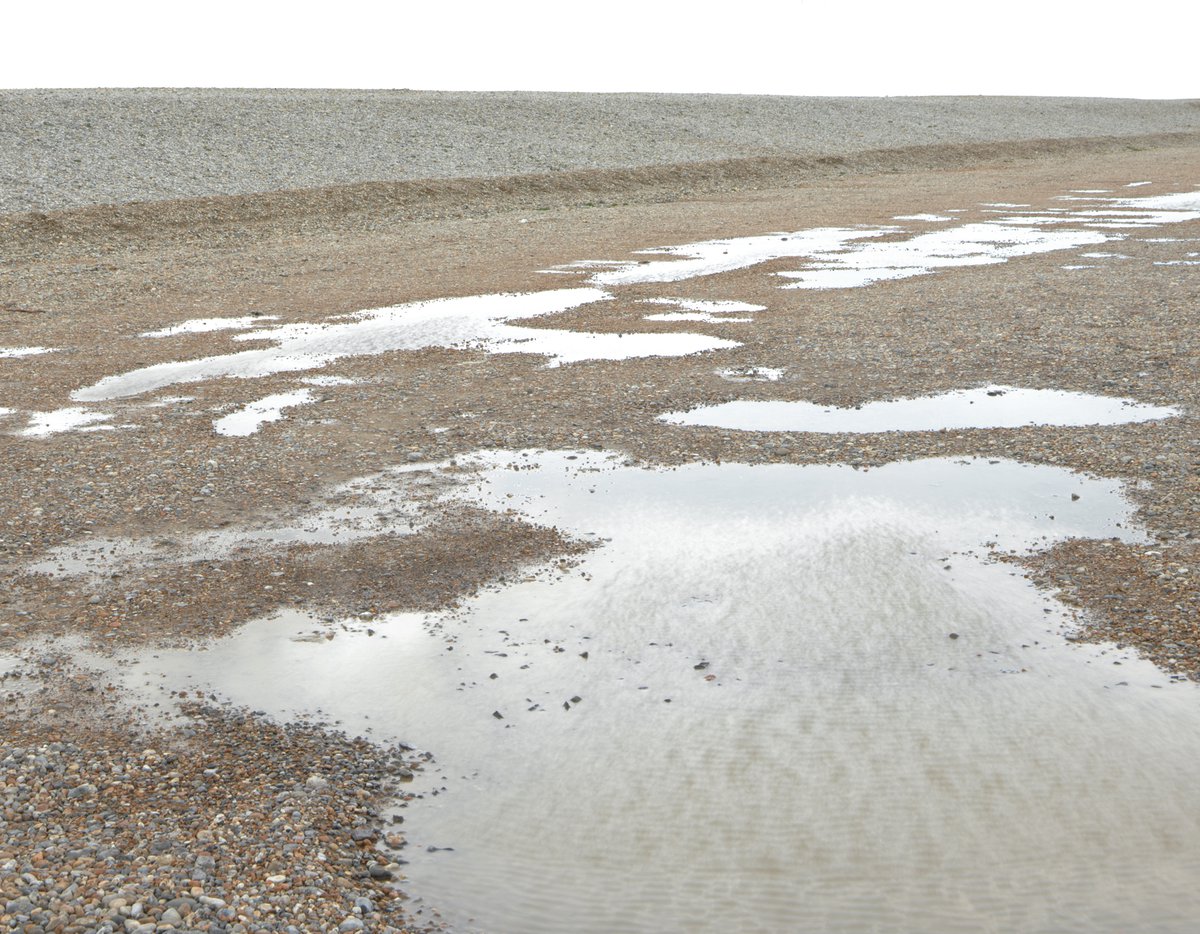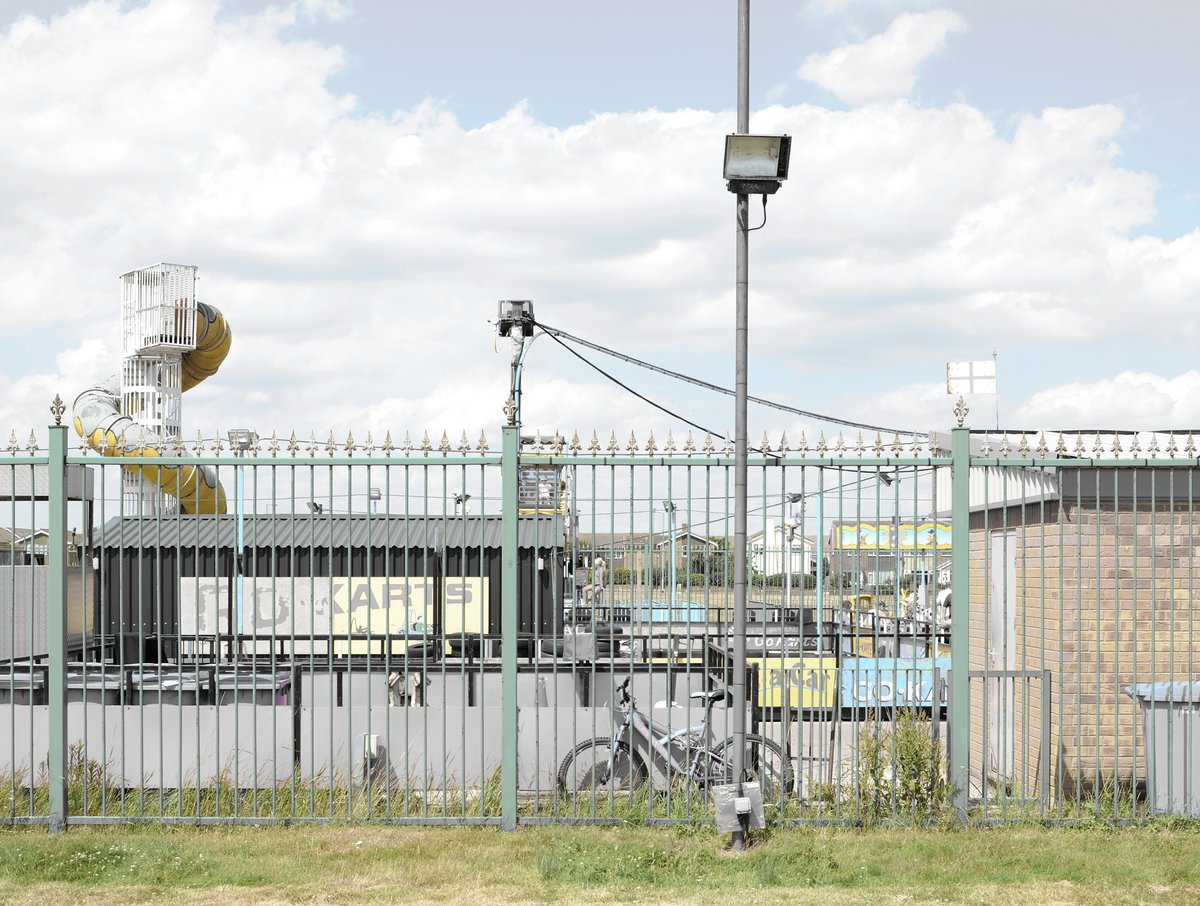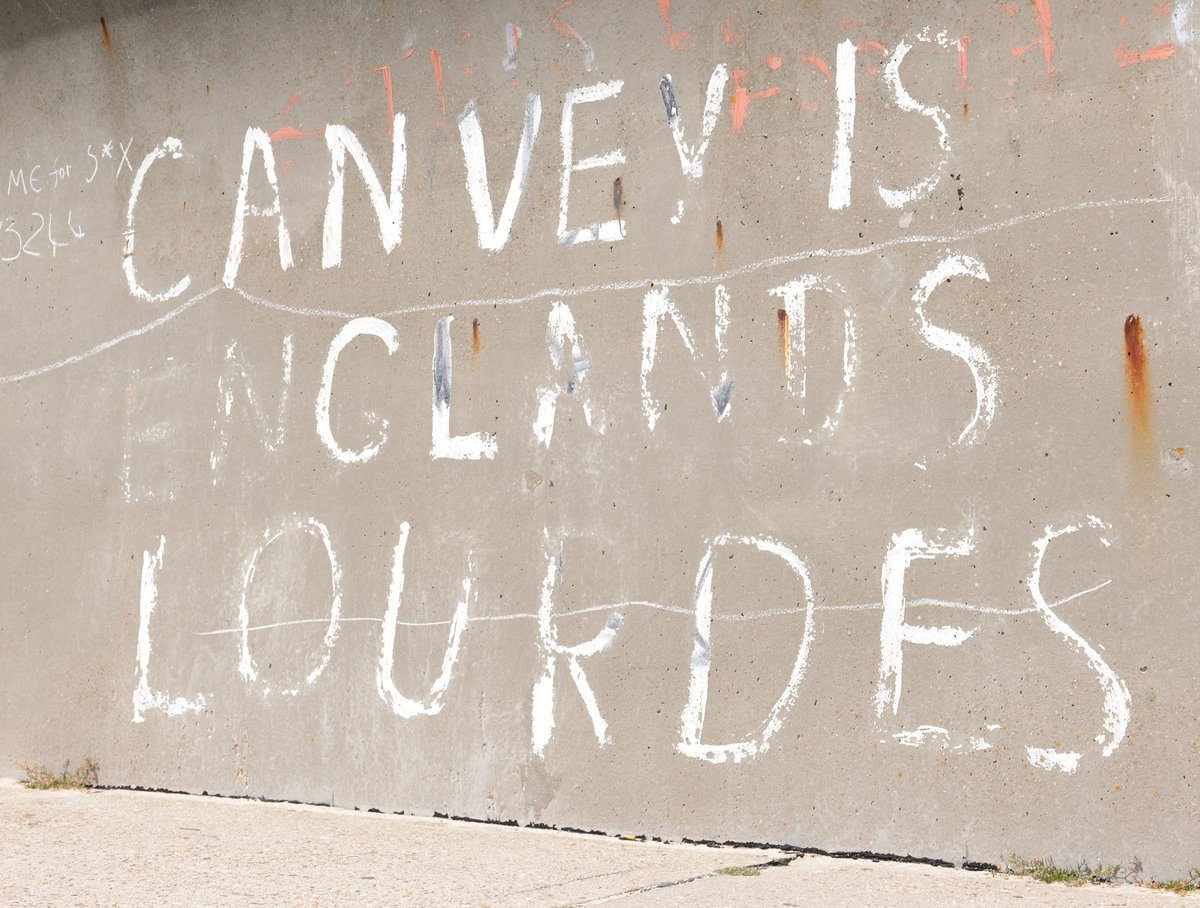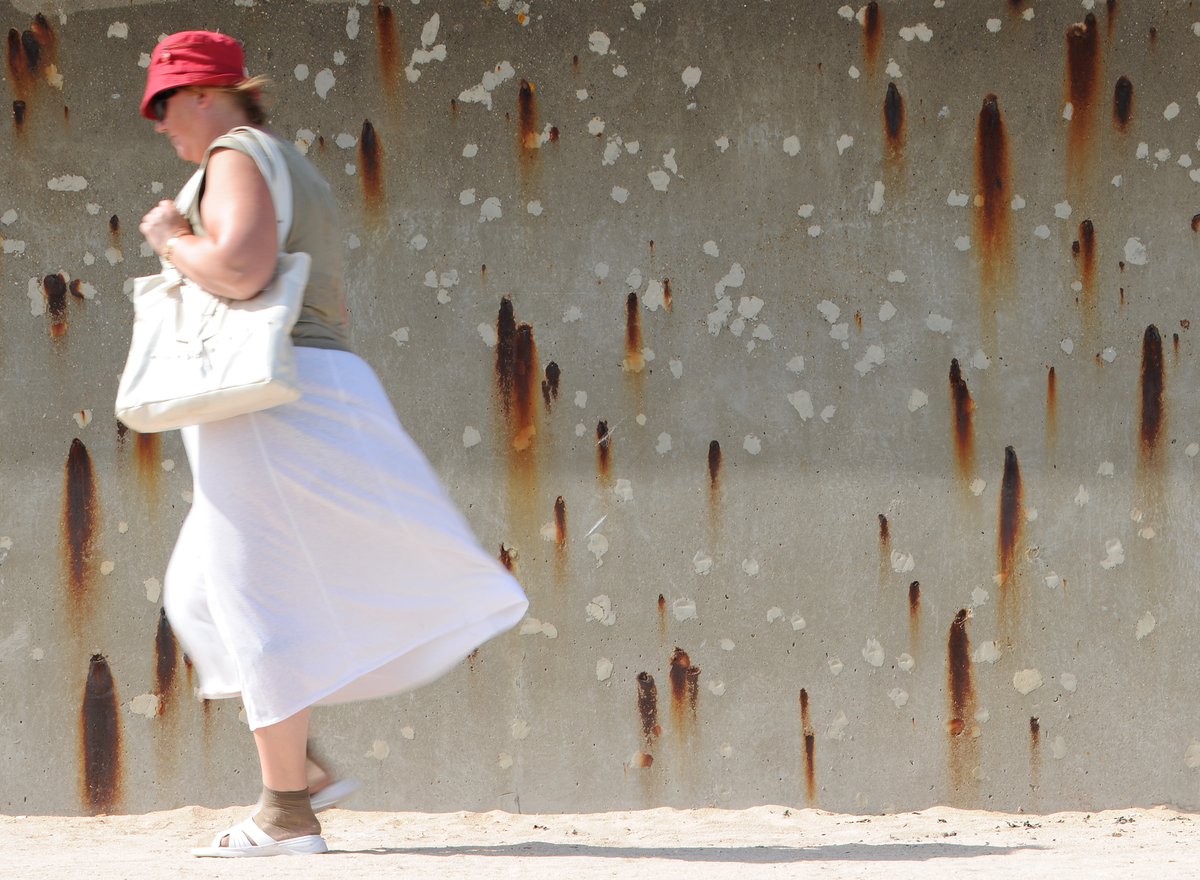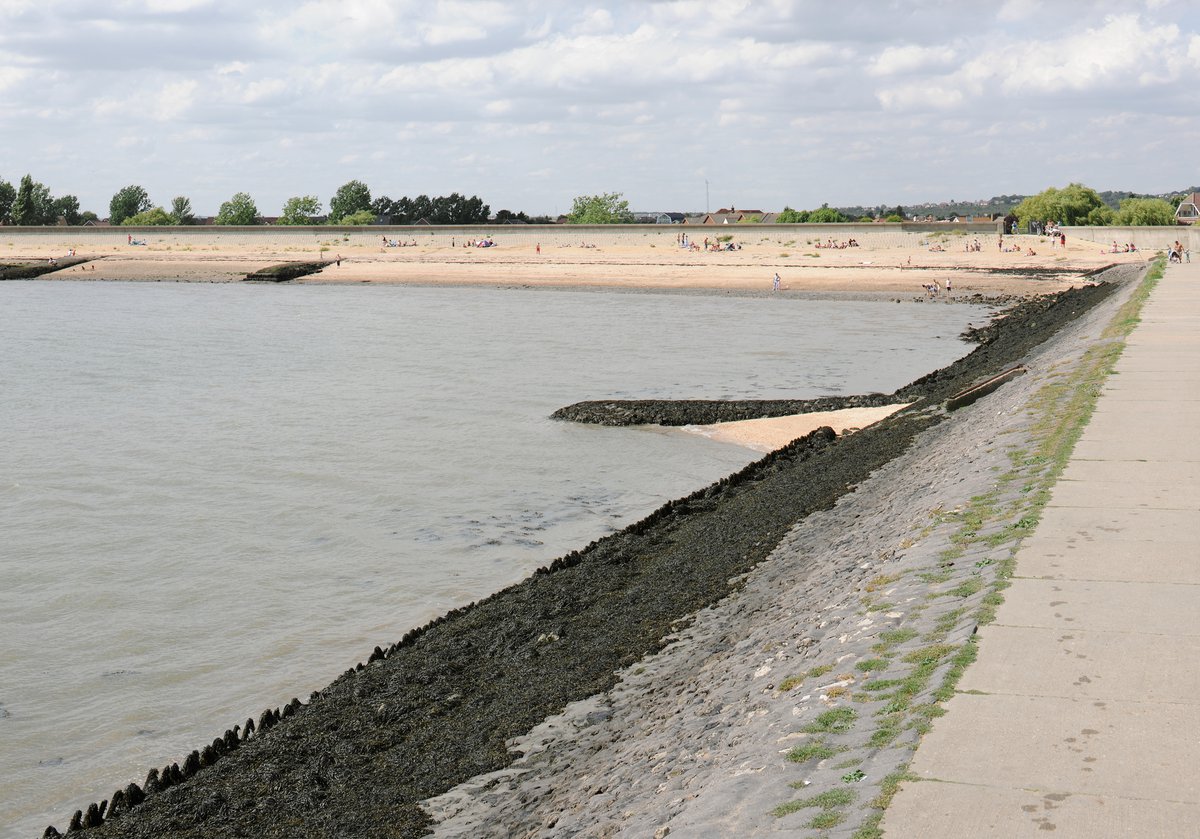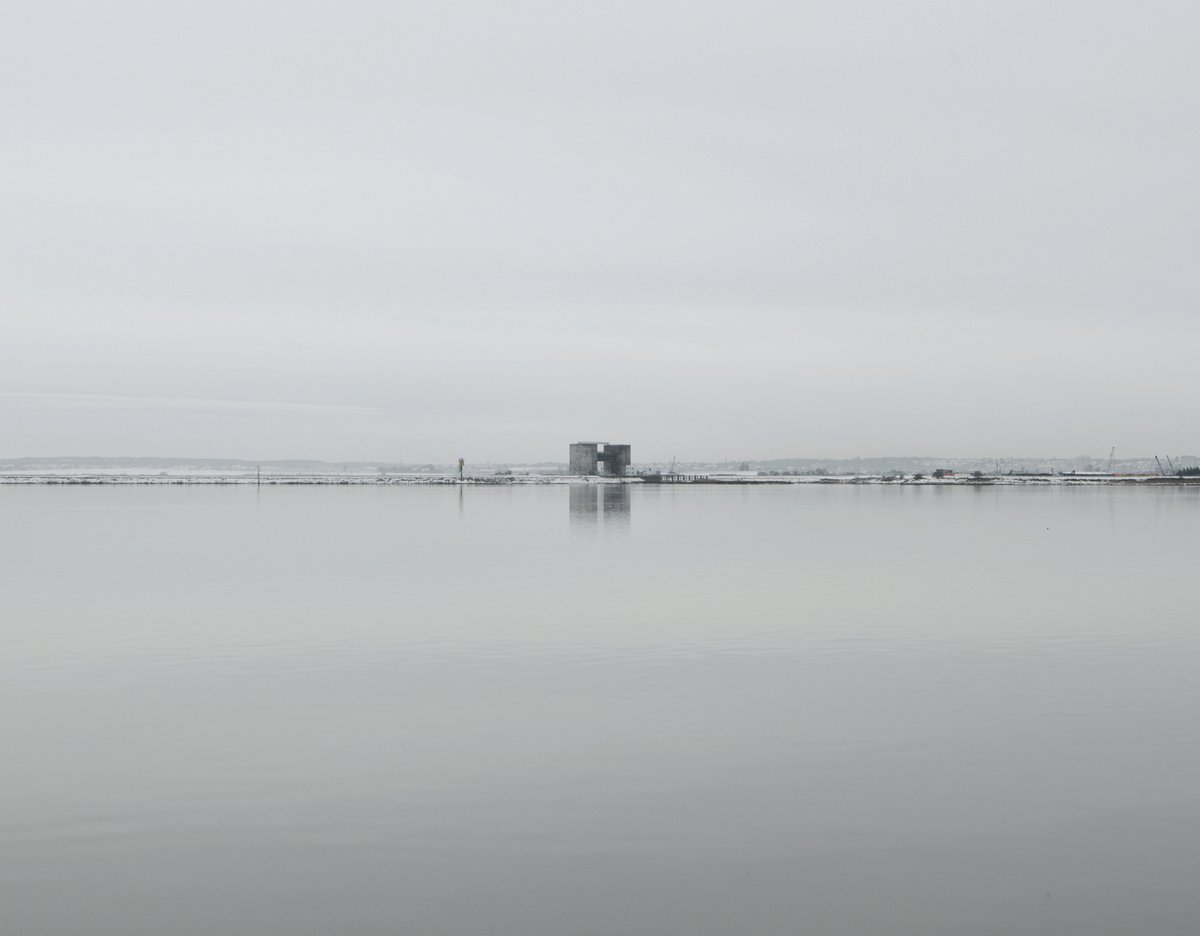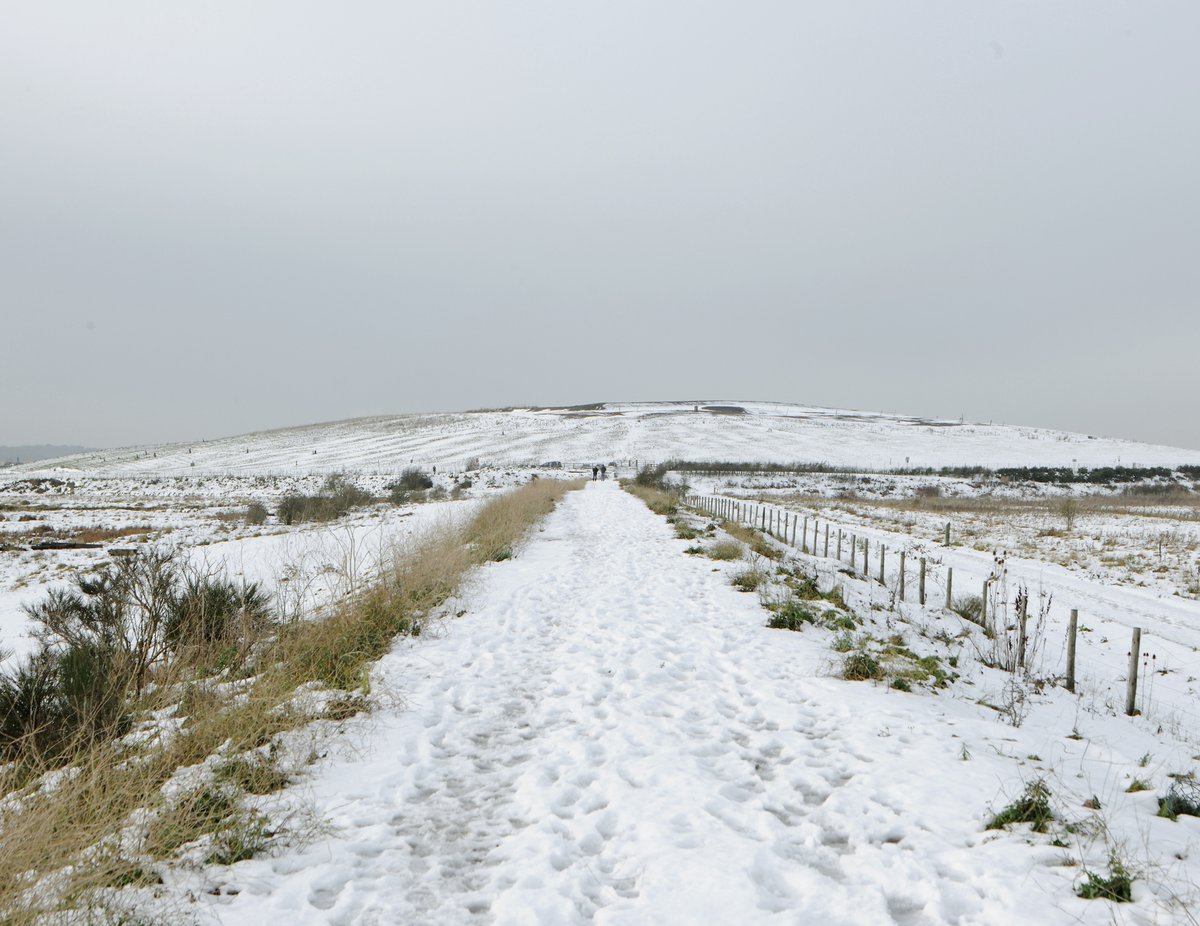I’ve known David for almost as long as I’ve been in the UK – and have always enjoyed seeing the world through his lens, be that architecture, London or locations en route to one of his commissions. Trained as architect, he divides his time between running a successful unit at the Cass School of Architecture, work as architectural photographer. Peter von Kant gallery in Deptford held an exhibition of his works in 2013, featuring besides some of his architectural photography a considerable number of landscape studies, most notably from a trip to Svalbard.
Of his photographs of the Estuary, the one depicting the snow-covered Thames path in Purfleet and the perfectly shaped landfill in the background holds special value for me – on a very similar day I took the woman who went on to become my wife on our first outing to precisely this location (for which I occasionally still receive some flak – ‘taking me on a romantic trip around a huge rubbish dump under leaden skies’). The photograph also epitomises one of David’s core preoccupations: our relationship to the natural environment, what we perceive as, and how we shape ‘nature’. Almost everything in the image is man-made: the embankment put up as flood protection, the marshes, once drained for farming, then army training grounds, now wetlands, and the hillock in the background a huge, snow-covered monument to throwaway culture. It is as melancholic as it is serene.
Together with fellow London photographer Jonathan Lovekin, David contributed to the Baltic Pavilion at the 2016 Biennale in Venice. Their work, 'Ground' is featured here, accompanied by an essay by Ines Weizmann, as originally published in The Baltic Atlas.
A video of both photographers discussing their work is available to view on Vimeo.
